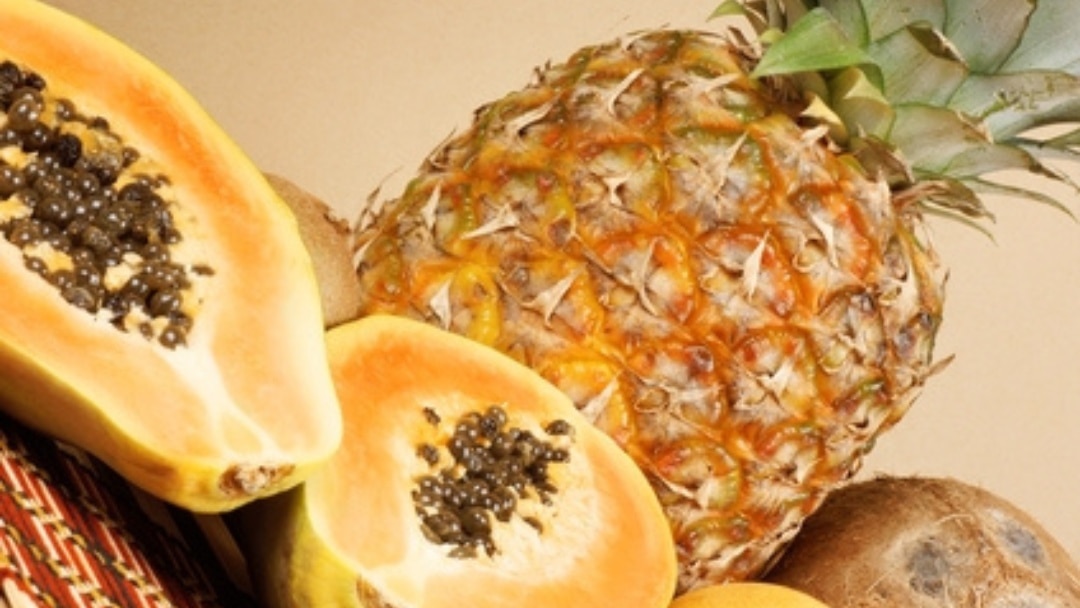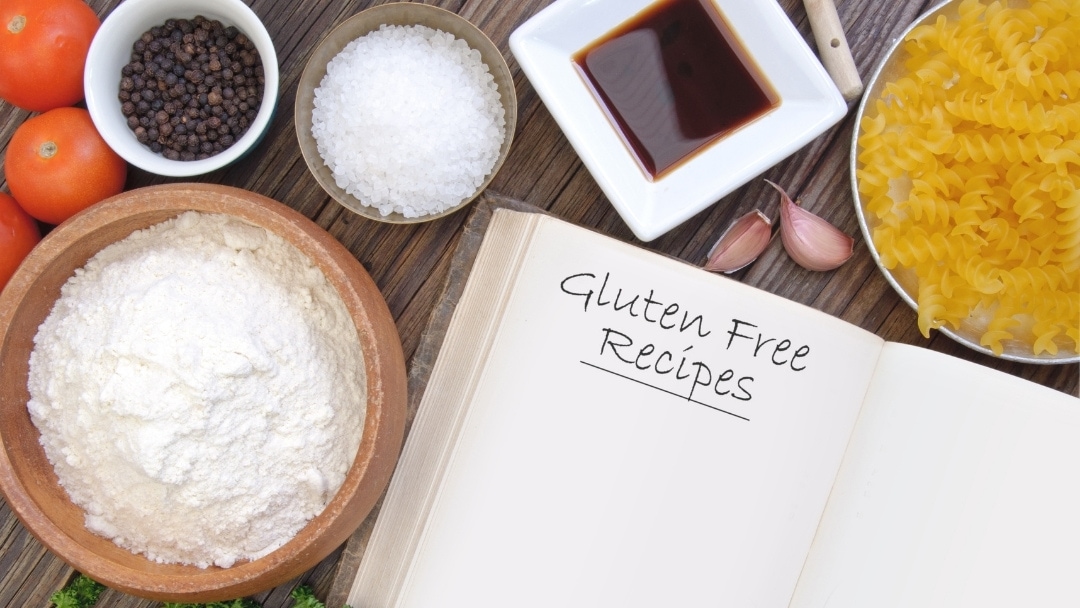In this post, Kelly Dorfman MS LND discusses the use of digestive enzymes for children with developmental delays.
Children diagnosed with developmental delays have a high rate of digestive pathology. Studies suggest between 58% and 93% of children with gastrointestinal (GI) symptoms, and slightly less than half of those without noticeable symptoms, have low digestive enzymes.
While special diets, supplemental nutrients, good bacteria replacement and yeast treatment are all needed to heal these children’s guts, adding digestive enzymes may be necessary for the complete restoration of digestive function.
What Are Enzymes?
Enzymes are special proteins that catalyze essential biochemical reactions. There are two main types of enzymes: metabolic and digestive. Metabolic enzymes facilitate activity in the immune, endocrine and other systems. Our focus is on digestive enzymes, which are necessary to break down food.
Where Do Enzymes Come from?
Fresh, raw food is a natural source of enzymes. The gut lining in healthy digestive tracts also produces enzymes. Efficient digestion requires enzymes from both sources. The guts of picky eaters, damaged by the overuse of antibiotics and toxcity, may produce too few digestive enzymes.
Supplemental digestive enzymes are necessary when the diet and gut together supply insufficient amounts. Can your child benefit from supplemental digestive enzymes? Knowing the A, B Cs of enzymes may help you decide.
A Is for Appetite (and Weight Gain)
When enzymes are low or absent, partially digested food sits in the GI tract. The result is discomfort or poor absorption of calories/nutrients. For children with poor appetites, the body’s message to the brain is “Eating feels bad,” or “I’m already full.”
If a child’s appetite is good but he is not gaining weight, the food delivery trucks are not getting through. Either way, added enzymes can ease GI discomfort or simply increase uptake of nutrients.
B Is for Breaking the Malabsorption Cycle
The gut lining requires vitamin A, zinc, protein, B vitamins and other nutrients to regenerate. A healthy, well nourished lining produces more enzymes. When too few enzymes are made, the resulting poor uptake of nutrients leads to an unhealthy gut lining and further deficiency.
Many youngsters with developmental delays are picky eaters already, so their poor absorption can be devastating for brain development. They need enzymes to help break down food so that vitamins and minerals can be released and utilized.
C Is for Cheating
When small cheats on a restrictive diet cause significant symptoms, this may signal the need for digestive enzymes. A very restrictive diet, such as the Specific Carbohydrate Diet, allows the dysfunctional gut to rest and repair itself by removing irritants, thus preventing further damage.
However, taking away foods that initially caused the gastrointestinal injury may not be enough. Supplemental enzymes can reduce food reactions by breaking the allergens in food into smaller pieces. In addition, if kids “cheat,” the enzymes can help prevent strong reactions to problematic foods such as gluten and casein.
D Is for Dysbiosis
Dysbiosis is a term used to describe an imbalance of gut microbes. The symptoms of dysbiosis are gas, bloating, diarrhea and/or constipation. Gas forms when bacteria or yeast in the gastrointestinal tract ferment food particles. Too much fermentation impairs digestion.
While good bacteria (probiotics) can help, if the food sits in the digestive tract in big pieces for too long, yeasts and bad bacteria will increase to deal with it. This results in more gas and increased dysbiosis. Enzymes serve to break this cycle, moving the food into the blood stream more quickly and not allowing it to sit as fodder for gut bugs.
How Do I Choose the Right Enzymes?
There are many brands and types of enzymes on the market. Even with laboratory testing, it is difficult to know which will work best until you try. Enzymes are specific for the substance they break down. For example, lipase is an enzyme that only works on fats (lipids).
Dipeptyl dipeptidase (DPP) IV cleaves proteins that have proline in the second position (such as gluten and casein). If a DPP-IV enzyme does not help, a different mixed enzyme product may.
When the gut is inflamed, as in autistic enterocolitis, enzymes can cause more irritation even if the child needs them. Watch for crankiness or worse GI symptoms. When in doubt, take them out and consult a good health care professional.
Enzymes are a safe and critical part of digestion. An elimination diet is often not enough to heal underlying problems. Consider enzymes as the next step in the digestive healing process.
About Kelly Dorfman MS LND
Kelly Dorfman is one of the world’s foremost experts on using nutrition therapeutically to improve brain function, energy and mood. Kelly’s special talent for integrating information from many sources and finding practical solutions has made her a popular speaker and workshop leader. She lectures extensively and is a member of Platform (formerly the National Speakers Association) and has been featured on numerous television programs including CNN’s American Morning.
Kelly’s award winning book, Cure Your Child With Food: The Hidden Connection Between Nutrition and Childhood Ailments (formerly known as What’s Eating Your Child) was given rave reviews by Publishers Weekly and the Washington Post.

As a go-to expert on nutrition issues, Kelly is frequently interviewed and quoted in the media. She has been featured in articles in The Wall Street Journal, Parade, Bethesda magazine, Living Without magazine, and the Huffington Post.
Kelly holds a master’s degree in nutrition/biology and is a licensed nutrition dietitian. She is a co-founder of Developmental Delay Resources, which has merged with Epidemic Answers. You can find out more about Kelly and her practice at kellydorfman.com
Still Looking for Answers?
Visit the Epidemic Answers Practitioner Directory to find a practitioner near you.
Join us inside our online membership community for parents, Healing Together, where you’ll find even more healing resources, expert guidance, and a community to support you every step of your child’s healing journey.
Resources
Books
Cutler, Ellen. Clearing the Way to Health and Wellness: Reversing Chronic Conditions by Freeing the Body of Food, Environmental, and Other Sensitivities. iUniverse, 2013.
Lintala, Janet. The Un-Prescription for Autism: A Natural Approach for a Calmer, Happier, and More Focused Child. AMACOM, 2016.




